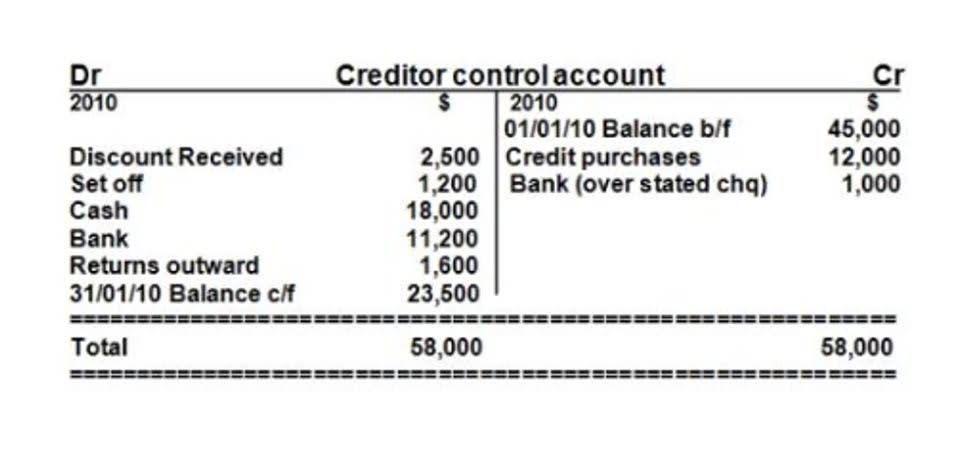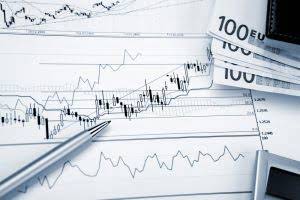
Please do not copy, reproduce, modify, distribute or disburse without express consent from Sage.These articles what is capital expenditure in accounting and related content is provided as a general guidance for informational purposes only. These articles and related content is not a substitute for the guidance of a lawyer (and especially for questions related to GDPR), tax, or compliance professional. When in doubt, please consult your lawyer tax, or compliance professional for counsel.
CapEx budgeting practices
This distinction is crucial for stakeholders who rely on financial statements to assess the company’s performance and financial health. In contrast, operational expenditures are the day-to-day expenses required to run a business. These include costs such as salaries, rent, utilities, and office supplies. OpEx is generally recurring and necessary for maintaining the company’s current operations.
What is a capital expenditure versus a revenue expenditure?

It is classified as a fixed asset, which is then charged to expense over the useful life of the asset, using depreciation. For example, if you acquire a $25,000 asset and expect it to have a useful life of five years, then charge $5,000 to depreciation expense in each of the next five years. The asset is initially recorded in the balance sheet, while the periodic depreciation charges against it appear in the income statement.
What is the main difference between capital expenditure and revenue expenditure?
However, it is not classified as an expense since it does not relate to the operational costs of the business. Instead, it reduces the loan liability on the balance sheet and is reported in the financing section of the cash flow statement. The process of recording this kind of spending and correctly forecasting its impact on the business isn’t always as straightforward as you might like. Thus, the accounting process surrounding capital expenditures takes a bit more effort and planning. Until the benefit isreceived, the expense is treated as an asset on the balance sheet. As and whenthe benefit is received by the company, the asset value gets reduced by theamount of benefit received and that amount is charged off in the incomestatement of that accounting period.
- Companies use CAPEX as an indicator of the life cycle stage that an organization is at a particular time.
- Capital expenditures are business expenditures the benefit of which can be utilized or enjoyed by the business for more than one financial year.
- Also, according to the terms, he must wait for his supplies for three years.
- Capital expenditure—often abbreviated as Capex—is the purchase of fixed assets (PP&E) with a useful life in excess of one year.
- Over time, the company will depreciate the machine as an expense (depreciation).
- Learn how to manage and record capital expenditures in financial statements, including capitalization criteria and depreciation methods.
- Like the change in net working capital (NWC), Capex – short for “Capital Expenditure” or “Capital Expense” – is classified as a reinvestment activity.
- For example, purchasing a new manufacturing plant or acquiring specialized equipment for production falls under PP&E.
- Also, the CapEx budget includes CapEx limits and purchase timings of each asset.
- Operating expenses (OPEX) include day-to-day costs such as salaries, utilities, and maintenance, while CAPEX is specifically designated for capital assets.
- While CAPEX reduces FCF in the short term, these investments can lead to increased profitability and cash flow in the long run.
The cost of these assets is capitalized, meaning it is recorded on the balance sheet rather than being expensed immediately. This approach spreads the cost over the useful life of the asset, aligning the expense with the revenue it generates. Properly managing tangible assets involves regular maintenance and periodic upgrades to ensure they remain functional and efficient, thereby supporting the company’s operational goals. Capital expenditures are outlays that provide benefits retained earnings beyond the current fiscal year. These expenses are incurred to purchase assets with a useful life typically exceeding one year, such as machinery, vehicles, or computer systems. Tangible capital expenditures are investments in physical assets such as buildings, machinery, vehicles, and land.

- Intangible CapEx assets are non-physical assets you can’t see or touch but can still provide long-term value.
- Capital expenditures normally have a substantial effect on the short-term and long-term financial standing of an organization.
- Contrary to common misconception, capital allocation toward expenditures covers regular business costs like rent, utilities, salaries, advertising, office supplies, and maintenance.
- It is not until the expenditure is recorded as an expense that income is impacted.
- The documents exist to enable organizations to maintain tight control over their transactions.
The new production unit set up by ABC Ltd. would increase its production capacity by 300 MT. More detailed definitions can be found in accounting textbooks or from an accounting professional. The goal of these tools is to make sure that all capital expenditure decision making aligns with the overall plan and strategy of the organization. High Capex Bookkeeping vs. Accounting might mean growth plans; low Capex could signal caution or trouble. Not directly, but depreciation spreads the cost over years, offering tax benefits. A company pouring money into new factories might signal growth plans, while one cutting back could be tightening its belt.
Since the increase or decrease in PP&E reflects the Capex spend, the annual depreciation recognized in the same period is added back because the expense is a non-cash item. For the vast majority of companies, Capex is one of the most significant outflows of cash that can have a major impact on free cash flow (FCF). When ABC records the machine repair on the books, it debits an expense account and credits cash.

Capital expenditures are a critical financial metric for businesses, investors, and analysts. They provide insights into a company’s growth strategy and long-term financial health. In financial modeling and valuation, an analyst will build a DCF model to determine the net present value (NPV) of the business. The most common approach is to calculate a company’s unlevered free cash flow (free cash flow to the firm) and discount it back to the present using the weighted average cost of capital (WACC). Apple, Inc. (AAPL) reported total assets of $352.6 billion as part of its 2023 fiscal year-end financial statements.
Cashflow statement template
Over the life of an asset, total depreciation will be equal to the net capital expenditure. If a company regularly has more CapEx than depreciation, its asset base is growing. The purchase of a building, by contrast, would provide a benefit of more than 1 year and would thus be deemed a capital expenditure. CapEx investments in equipment, technology, and infrastructure can help you improve your productivity and efficiency, leading to increased profitability and competitiveness. Additionally, measuring the success of CapEx investments can be complicated by factors such as depreciation, maintenance costs, and obsolescence.